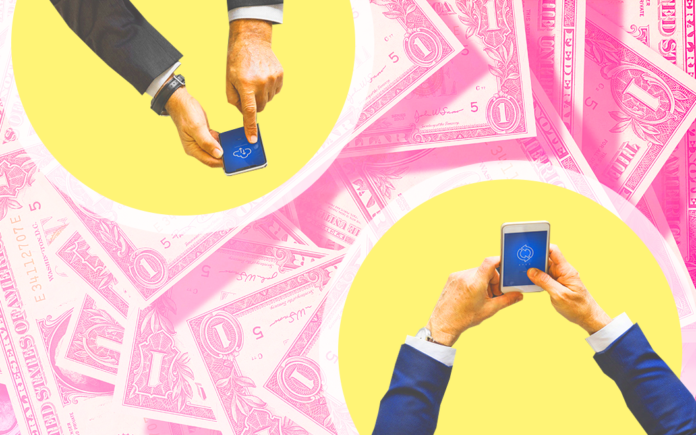

Is "Stealth" Technology the Key to New Retail Payments?
Consumers often seek simple, seamless experiences without giving much thought to the technology behind them. The payments industry should deliver a frictionless customer experience that balances security and consumer expectations.

It's a common fact: The average consumer often doesn't want to think about how Internet of Things (IoT) technology works. You can imagine a typical consumer who might love the freedom and new experiences IoT brings... but that doesn't mean he really cares about the way we bring the technology behind it to market.
Fortunately, we don't need consumers to consciously embrace IoT technologies in order to facilitate their use. Instead, we can use the enormous benefits of IoT to promote ourselves by selling experiences to users.
Everyday buyers crave what we call an "invisible experience." They want an experience through IoT technology without knowing the technology itself, which is the case with payments. Consumers don't have to think about how the technology enables complex transactions between multiple institutions and accounts, or worry about the details of payment clearing, as long as it works properly.
Indeed, an invisible payment experience is becoming a consumer expectation. This fact will affect retailers who are not ready to meet the increasingly stringent demands of customers. But if managed properly, it could open the door to some novel opportunities.
Bringing Invisible Ideals to Market
According to Gartner's recently released project data, by 2020, we will have 21 billion devices connected to the Internet. It is incredible that this is an increase of 21% from 2019. The more seamless integration between these devices, the better experience we can provide to consumers.
Developing new technologies opens up many different opportunities to integrate IoT tools into different experiences. To illustrate the point, one of my favorite examples of how invisible experiences work is Disney's MagicBand technology.
This simple wrist device eliminates the need to carry park tickets, attractions passes, hotel keys, or even payment cards with you at all times. You can effectively leave your wallet in the hotel room and use the MagicBand to manage all your needs. It's a card-not-present payment technology, but it's so integrated into the wider customer experience that you could even say it works like magic.
Amazon Go is another great example of how we leverage IoT technology to provide an invisible and seamless customer experience. When the company introduced their "Just Walk Out" technology to the public in 2018, there seemed to be a mixture of skepticism and curiosity. In the past two years, the company has added 17 stores in four cities.
In an Amazon Go store, shoppers simply grab what they want and leave without checking out; the items are automatically added to Amazon's shopping cart via a mobile app and then paid for by the user's account. There is nothing more seamless and invisible when it comes to payments technology.
IoT Payments: Balancing Security and Consumer Expectations
As with any new technology, we cannot rush to adopt invisible IoT payments without the right protocols in place. Safety is and should always be a top priority.
It is a huge challenge to make payment technology as invisible as possible on the one hand, and to provide a security service that meets strict standards on the other hand. As the lines between brick-and-mortar and e-commerce blur, problems inherent in one channel spill over into the other. Bringing card-not-present e-commerce into stores raises many of the same problems as e-commerce fraud, which is a rampant problem for online sellers.
One option is to incorporate biometrics at a more complete level. This approach requires customers to perform a fingerprint or facial scan to authorize payment, and it does introduce some friction to this otherwise invisible payment process. Indeed, some customers might be put off by the idea of having to provide biometrics. Still, adopting a biometrics-first approach to authorization has a two-fold benefit: it enables buyers to adapt to new technologies and provide strong authentication services with minimal friction.
However, just as important as technology is how we respond to consumer expectations. I believe we can go beyond these needs by defining consumer expectations ourselves, which means not over-promising what we can do.
We love the invisible process, but even then it's not really "frictionless" or invisible. It still has to be checked to ensure the most basic security and authentication. While we are reluctant to create unnecessary barriers between merchants and consumers, we should also not expect a completely invisible and frictionless business model.
There is a balance to be struck when it comes to IoT payments. Only with a keen eye for both simplifying the consumer experience and covering the fundamentals from a security perspective can merchants continue to optimize the experience they provide to consumers.
Author: Monica Eaton-Cardone
This article is from a translation. If you want to reprint, please obtain authorization from this site first.
